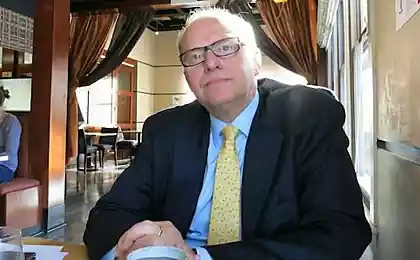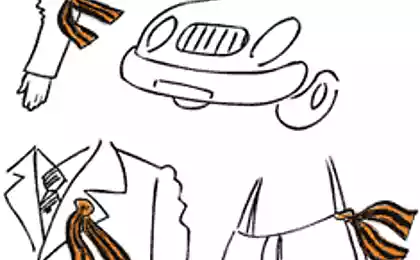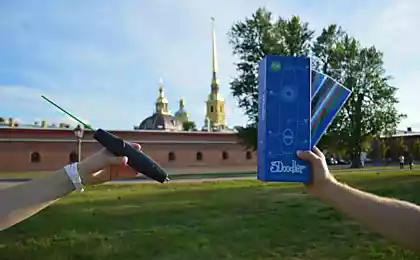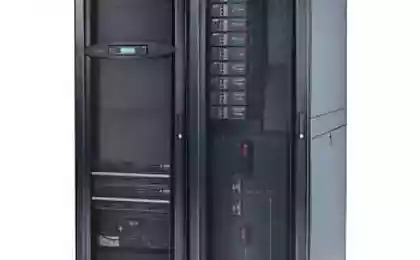269
The fight against plastic in the world and Ukraine. Main differences and shortcomings
Plastic follows us everywhere: flies along the roadsides, swims in rivers, hangs on tree branches, lies in parks. UNEP argues that the harm of plastic is not limited to pollution. It also causes climate change and biodiversity decline.

We cannot completely abandon plastic, as it is the best type of packaging for products. But we can find a creative solution. For example, the Ukrainian manufacturer IPAC began to make biodegradable packages that do not harm nature, have an attractive design and meet the needs of customers (more here: https:/) /www.mpak.ua/en/produktsiya/izgotovlenie-paketov-s-logotipom/. However, a radical solution to the problem of one transition to biopackages today is unlikely to succeed.
The harm of plastic to nature
The harm of plastic is obvious, since the pollution of nature is visible with the naked eye, the warming of the climate is felt without scientific research, and the reduction of the fish population causes tangible economic losses. However, conservationists are somewhat demonizing the situation, drawing us huge plastic rivers and tsunamis of bags that turn into microplastics.
There are no proven conclusions about the dangers of microplastics for the human body, since we have only recently found ourselves in this plastic reality. And the inhabitants of the soil change their behavior: willingly crawl to the accumulation of PET microparticles and eat it, thereby increasingly grinding and saving the environment.
World experience in the fight against plastic
Many countries around the world have tried various ways to combat plastic waste: increasing the cost of bags to reduce turnover, introducing taxes, trying to replace plastic bags with paper, switching to eco bags from bioraw materials.
However, the most effective and cost-effective method was sorting, separate collection and recycling of garbage. But here, as it turned out, everything is not as simple as I would like.
There are three ways to recycle plastic:
There are no problems with the processing of ordinary plastic bags - the first method is ideal. But with other polymers, everything is not so smooth. Remelting and making granules can only be made of thermoplastic polymers, the rest are unsuitable for this. Also, almost always when trying to process the stumbling block becomes the chemical composition of the plastic, more precisely, additives to the main polymer, ensuring the manufacturability of the production process and improving the properties of the finished plastic.
Even mixing garbage of different colors gives a negative effect: recycled plastic turns gray-borough-raspberry, that is, it has an unattractive “dirty” color. Therefore, it is important to establish the process of sorting garbage.

How to properly sort garbage
It is not enough to dump all the plastic in one container and send it for recycling. In an ideal picture of the world, respectable consumers would have to put used bags in one bag, in another - polypropylene lids from plastic bottles and milk bags, in the third - the bottles themselves from drinks. In this case, recycled plastic would really get a new life.
But eco-bags made of starch are not suitable for secondary processing. They must be folded separately from polyethylene and sent to compost systems.
In general, we need to somehow negotiate and solve the problem with the whole world. One country or group of countries cannot protect the environment due to the globalisation of the economy.
This has already begun: in the spring of 2022, at the UNEP session in Nairobi, participants agreed to create a convention on the complete ban of plastic waste. There is also a serious alternative to this initiative: the Coalition of High Ambition, which includes 36 countries. Representatives of the coalition believe that by 2040, it is necessary to completely eliminate the very possibility of plastic entering the environment: label all plastic, do not introduce any additives into it, recycle used plastic to the last crumb.
Which program will be more effective and viable is not yet clear. But one thing is clear: something needs to be done with plastic. Not alone, but together. This is the only way to solve the problem and preserve the environment.

We cannot completely abandon plastic, as it is the best type of packaging for products. But we can find a creative solution. For example, the Ukrainian manufacturer IPAC began to make biodegradable packages that do not harm nature, have an attractive design and meet the needs of customers (more here: https:/) /www.mpak.ua/en/produktsiya/izgotovlenie-paketov-s-logotipom/. However, a radical solution to the problem of one transition to biopackages today is unlikely to succeed.
The harm of plastic to nature
The harm of plastic is obvious, since the pollution of nature is visible with the naked eye, the warming of the climate is felt without scientific research, and the reduction of the fish population causes tangible economic losses. However, conservationists are somewhat demonizing the situation, drawing us huge plastic rivers and tsunamis of bags that turn into microplastics.
There are no proven conclusions about the dangers of microplastics for the human body, since we have only recently found ourselves in this plastic reality. And the inhabitants of the soil change their behavior: willingly crawl to the accumulation of PET microparticles and eat it, thereby increasingly grinding and saving the environment.
World experience in the fight against plastic
Many countries around the world have tried various ways to combat plastic waste: increasing the cost of bags to reduce turnover, introducing taxes, trying to replace plastic bags with paper, switching to eco bags from bioraw materials.
However, the most effective and cost-effective method was sorting, separate collection and recycling of garbage. But here, as it turned out, everything is not as simple as I would like.
There are three ways to recycle plastic:
- Crush, make pellets and use them again.
- Synthesize the components of a new polymer.
- Use used plastic as fuel.
There are no problems with the processing of ordinary plastic bags - the first method is ideal. But with other polymers, everything is not so smooth. Remelting and making granules can only be made of thermoplastic polymers, the rest are unsuitable for this. Also, almost always when trying to process the stumbling block becomes the chemical composition of the plastic, more precisely, additives to the main polymer, ensuring the manufacturability of the production process and improving the properties of the finished plastic.
Even mixing garbage of different colors gives a negative effect: recycled plastic turns gray-borough-raspberry, that is, it has an unattractive “dirty” color. Therefore, it is important to establish the process of sorting garbage.

How to properly sort garbage
It is not enough to dump all the plastic in one container and send it for recycling. In an ideal picture of the world, respectable consumers would have to put used bags in one bag, in another - polypropylene lids from plastic bottles and milk bags, in the third - the bottles themselves from drinks. In this case, recycled plastic would really get a new life.
But eco-bags made of starch are not suitable for secondary processing. They must be folded separately from polyethylene and sent to compost systems.
In general, we need to somehow negotiate and solve the problem with the whole world. One country or group of countries cannot protect the environment due to the globalisation of the economy.
This has already begun: in the spring of 2022, at the UNEP session in Nairobi, participants agreed to create a convention on the complete ban of plastic waste. There is also a serious alternative to this initiative: the Coalition of High Ambition, which includes 36 countries. Representatives of the coalition believe that by 2040, it is necessary to completely eliminate the very possibility of plastic entering the environment: label all plastic, do not introduce any additives into it, recycle used plastic to the last crumb.
Which program will be more effective and viable is not yet clear. But one thing is clear: something needs to be done with plastic. Not alone, but together. This is the only way to solve the problem and preserve the environment.
Scientists urge meat lovers to think about the future, excessive consumption of meat products harms not only health
Oleg Basilashvili was not afraid to openly express his position and supported Liya Akhedjakova publicly.























